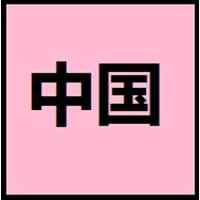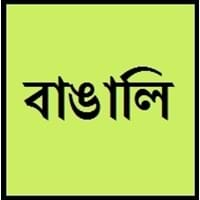Chinese and Bengali
- Chinese language is tonal, since meaning of a word changes according to its tone.
- In Chinese language, there is no grammatical distinction between singular or plural, no declination of verbs according to tense, mood and aspect.
- Bengali language is the World's sweetest language.
- 21st February is celebrated as an International Mother Language day, which is based on Bengali language.
All Chinese and Bengali Dialects
Most languages have dialects where each dialect differ from other dialect with respect to grammar and vocabulary. Here you will get to know all Chinese and Bengali dialects. Various dialects of Chinese and Bengali language differ in their pronunciations and words. Dialects of Chinese are spoken in different Chinese Speaking Countries whereas Bengali Dialects are spoken in different Bengali speaking countries. Also the number of people speaking Chinese vs Bengali Dialects varies from few thousands to many millions. Some of the Chinese dialects include: Mandarin, Wu. Bengali dialects include: Chakma , Hajong. Also learn about dialects in South American Languages and North American Languages.
Chinese and Bengali Speaking population
Chinese and Bengali speaking population is one of the factors based on which Chinese and Bengali languages can be compared. The total count of Chinese and Bengali Speaking population in percentage is also given. The percentage of people speaking Chinese language is 16.00 % whereas the percentage of people speaking Bengali language is 3.11 %. When we compare the speaking population of any two languages we get to know which of two languages is more popular. Find more details about how many people speak Chinese and Bengali on Chinese vs Bengali where you will get native speakers, speaking population in percentage and native names.
Chinese and Bengali Language Codes
Chinese and Bengali language codes are used in those applications where using language names are tedious. Chinese and Bengali Language Codes include all the international language codes, glottocodes and linguasphere.





